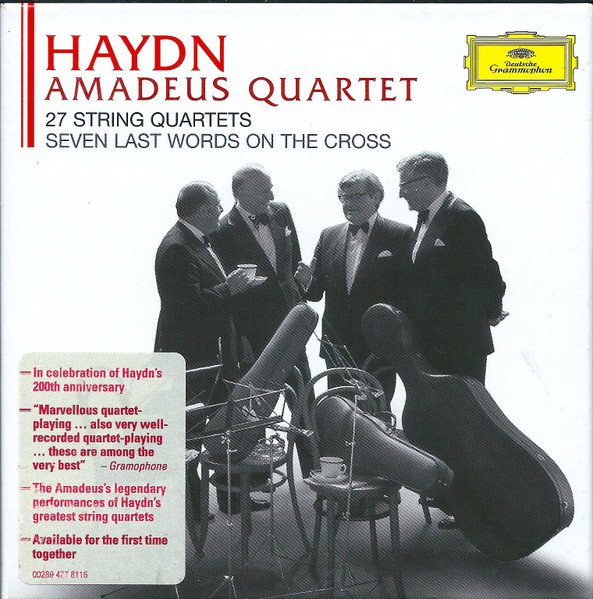I agree with quite a bit of what you are saying.
Distortions of digital can indeed be more intrusive and less natural. However, the distortions can be overcome.
My new Jay's Audio CDT3 CD transport sounds much cleaner and less distorted than my previous Simaudio Moon DT 260 transport, even with the latter being extensively de-jittered by Mutec reclocking. I assume, there is much less digital noise with the new transport (which is also aided by a Mutec clock; for system, see my signature).
Similarly, my new Tambaqui DAC has far less digital distortions than my previous Yggdrasil LIM DAC, which already had sounded quite clean compared to some other digital. There is a good article (the link also has the spoken video of it) from The Absolute Sound about the Tambaqui and its addressing of digital distortions:
The Mola Mola Tambaqui is a DAC unlike any other. The question is whether that distinction is apparent in sound quality or is just a distinction without a

www.theabsolutesound.com
Overall, with the reduction of artificial digital distortion, I don't think vinyl has a clear advantage anymore when it comes to the issue of distortions. In fact, vinyl often (not always) doesn't sound quite as clean to me as digital does ("clean" in the positive sense of purity of tone, the issue of surface noise aside). Interestingly, I do not typically hear the issue with cleanness of sound from analog tape. So it is not analog recording per se.
A friend thought that it was very difficult to get the same tonal balance from vinyl and digital. Vinyl in his system often had this extra body and bloom in the midrange compared to his digital (I heard it myself), which was more convincing and gave vinyl an edge in his system.
Yet it depends. When you have a system with digital only as you and I do, you can optimize for digital. I like to think that the tonal balance of my DAC is neutral, neither too thick nor too thin, and I get a full-bodied tone in the midrange over my amplification and speakers. If these are adding bloom to the sound, or are neutral vs other amplification and speakers that are actually thinning out the sound, may be debatable.
In any case, I get very good weight in the lower midrange, for example on orchestral low brass, as well as on cello and left hand of the piano. I have been careful with my system setup to get satisfaction in this respect -- all this is crucial to me. In fact, a friend, correctly, commented at some point that the piano left hand was too heavy, which I then took care of, also to his satisfaction. So you can overdo it, too, even with digital as a source. -- The upper midrange is quite thick as well, in a realistic sense, that is, not artificially thinned out and not tilted up frequency-wise.
When I listen to the CD box set of 27 Haydn string quartets played by the famous Amadeus Quartet (on DGG), the warm, robust, saturated, wooden tone of the instruments strongly reminds me of great vinyl and, to a certain degree, of the real thing relatively close-up in a not too large venue (the way it's usually recorded). Of course, not all recordings in this large set are the same, but I perceive this particularly strongly with the recordings of the quartets op. 64, among others.
View attachment 159654
I don't think my digital sounds dry either, not in the sense that it would not allow for hall ambience.
Digital used to have weaknesses in reproducing certain instruments or instrument groups, such as tenor saxophone, solo violin, and massed orchestral violins. Vinyl undoubtedly was better at this in the past (I had written a number of posts about this on WBF at the time, some 10 years ago). I don't hear this to be the case with my current digital anymore. Saxophone finally has the fleshed out harmonics that it should have and that I love from vinyl.
In fact, I now find the timbre of massed orchestral violins somewhat more convincing on digital than on vinyl. I have come to this conclusion after comparing on a number of occasions what I had heard from both digital and vinyl with the real thing in the concert hall (which still remains in a class of its own). Others may have different opinions, and that is fine.
PRAT (rhythm & timing) used to be a disaster on digital; it could not swing and especially not rock. It was an embarrassment compared to any good vinyl (I am very picky when it comes to this musical attribute). Early "bitstream" DACs back in the day (early 1990s) were the worst, most lame, offenders, but PCM DACs had their problems, too. I went through six CD players/CD playback combos until the problem was close to be solved. I now consider this problem completely gone, at least on some digital like mine. When it comes to rhythmic performance, my digital is a wild rock & roll animal.








